<h2>Introduction: Why Power Protection Matters for Remote Workers</h2>
<p>As remote work becomes increasingly prevalent, protecting your professional equipment from power outages is more crucial than ever. This comprehensive guide will help you safeguard your valuable tech investments and ensure business continuity, no matter what electrical challenges arise.</p>
<h2>Understanding the Risks: Power Outages and Your Equipment</h2>
<p>Power outages can pose serious threats to your remote work setup, including:</p>
<ul>
<li>Sudden shutdowns causing data loss</li>
<li>Voltage surges damaging sensitive electronics</li>
<li>Extended downtime affecting productivity</li>
<li>Potential hardware damage from improper shutdowns</li>
</ul>
<h2>Essential Equipment Protection Strategies</h2>
<p>Implement these critical protection measures to keep your remote work equipment safe:</p>
<h3>1. Invest in Quality Surge Protection</h3>
<p>Choose high-quality surge protectors that offer:</p>
<ul>
<li>Multiple outlets for all your equipment</li>
<li>High joule ratings for better protection</li>
<li>Built-in circuit breakers</li>
<li>Power conditioning features</li>
</ul>
<h3>2. Uninterruptible Power Supply (UPS) Systems</h3>
<p>A reliable UPS system provides:</p>
<ul>
<li>Temporary backup power during outages</li>
<li>Time to properly save work and shut down</li>
<li>Voltage regulation for consistent power</li>
<li>Protection against power fluctuations</li>
</ul>
<h2>Creating a Power Outage Response Plan</h2>
<p>Develop a comprehensive plan that includes:</p>
<h3>1. Immediate Response Protocol</h3>
<ul>
<li>Quick equipment assessment checklist</li>
<li>Emergency shutdown procedures</li>
<li>Communication plan with team/clients</li>
<li>Backup work location options</li>
</ul>
<h3>2. Long-Term Protection Strategies</h3>
<ul>
<li>Regular equipment maintenance schedule</li>
<li>Backup power source options</li>
<li>Alternative internet connections</li>
<li>Cloud-based file storage solutions</li>
</ul>
<h2>Climate-Controlled Storage Solutions</h2>
<p>Consider climate-controlled storage for:</p>
<ul>
<li>Backup equipment and supplies</li>
<li>Sensitive electronics during extended outages</li>
<li>Important physical documents</li>
<li>Expensive peripheral devices</li>
</ul>
<h2>Power Management Best Practices</h2>
<p>Implement these daily habits to protect your equipment:</p>
<ul>
<li>Regular battery backups for all devices</li>
<li>Proper cable management to prevent overloading</li>
<li>Equipment arrangement for optimal airflow</li>
<li>Regular testing of backup systems</li>
</ul>
<h2>Professional Equipment Insurance</h2>
<p>Consider these insurance options:</p>
<ul>
<li>Equipment coverage for power-related damage</li>
<li>Business interruption insurance</li>
<li>Data recovery coverage</li>
<li>Professional liability protection</li>
</ul>
<h2>Conclusion: Staying Powered and Protected</h2>
<p>By implementing these comprehensive power protection strategies, you can ensure your remote work setup remains secure and operational, maintaining productivity even during unexpected power disruptions. Remember to regularly review and update your protection measures as your equipment needs evolve.</p>



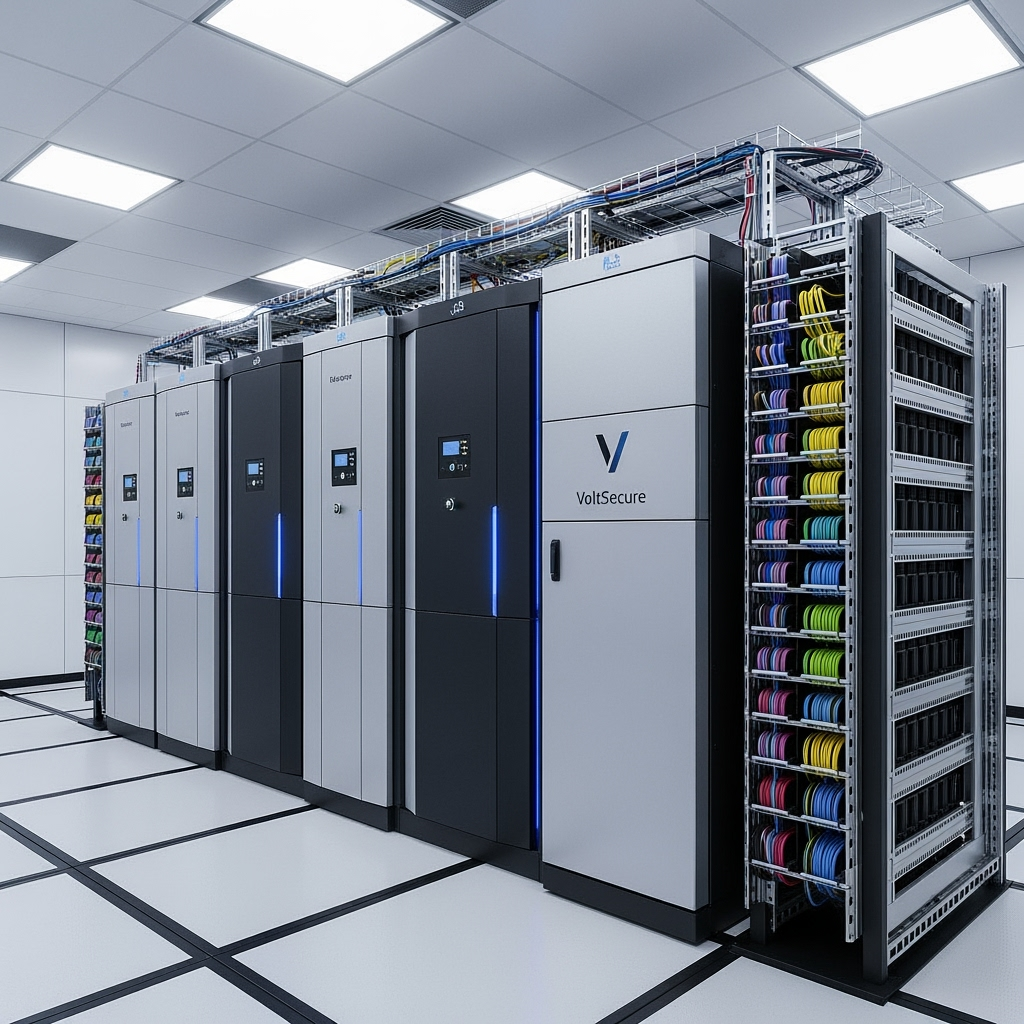

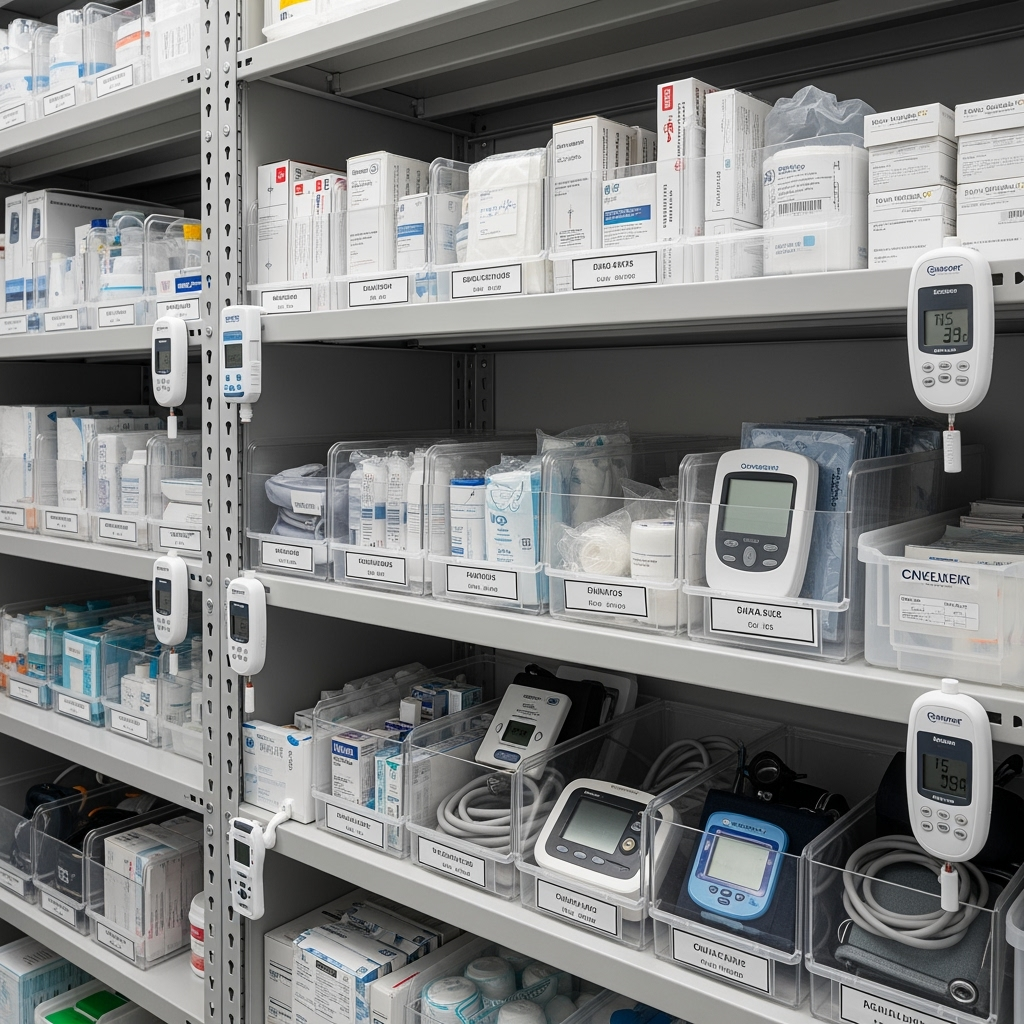
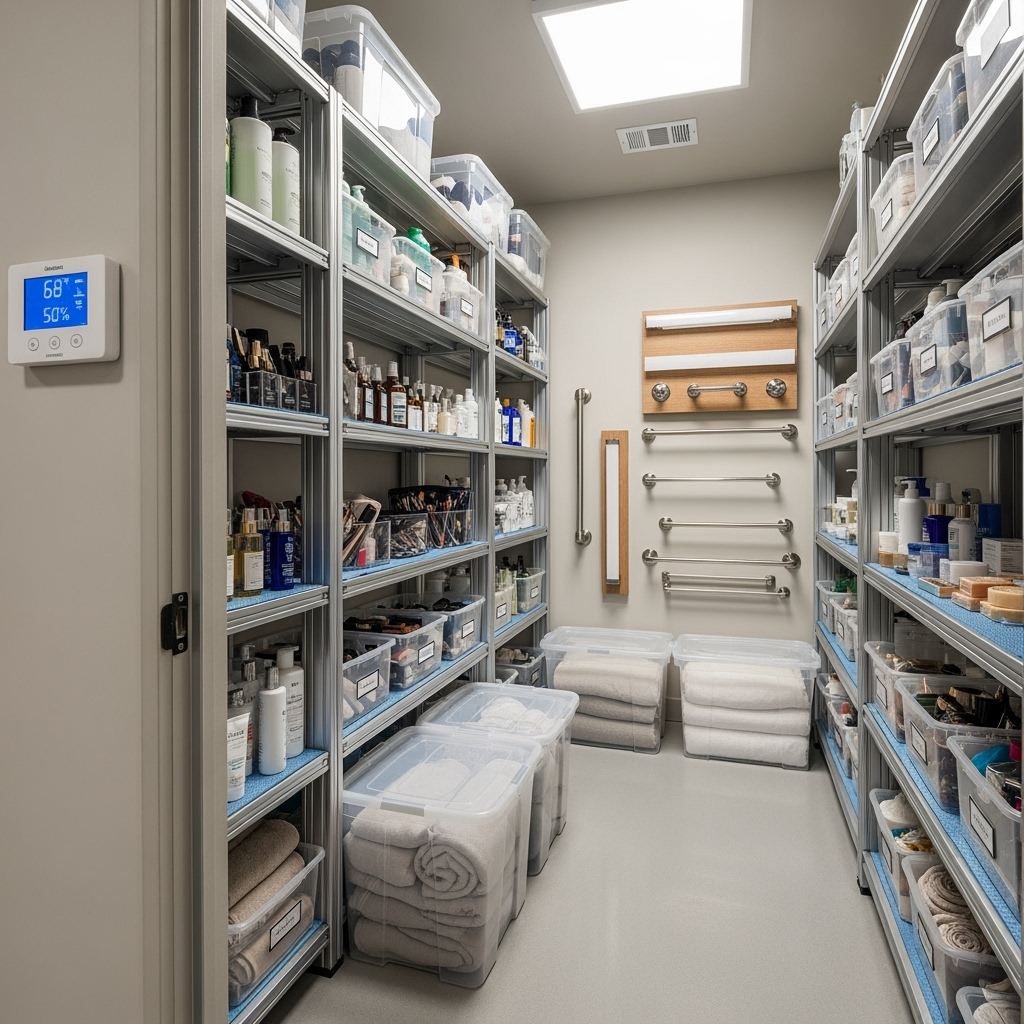
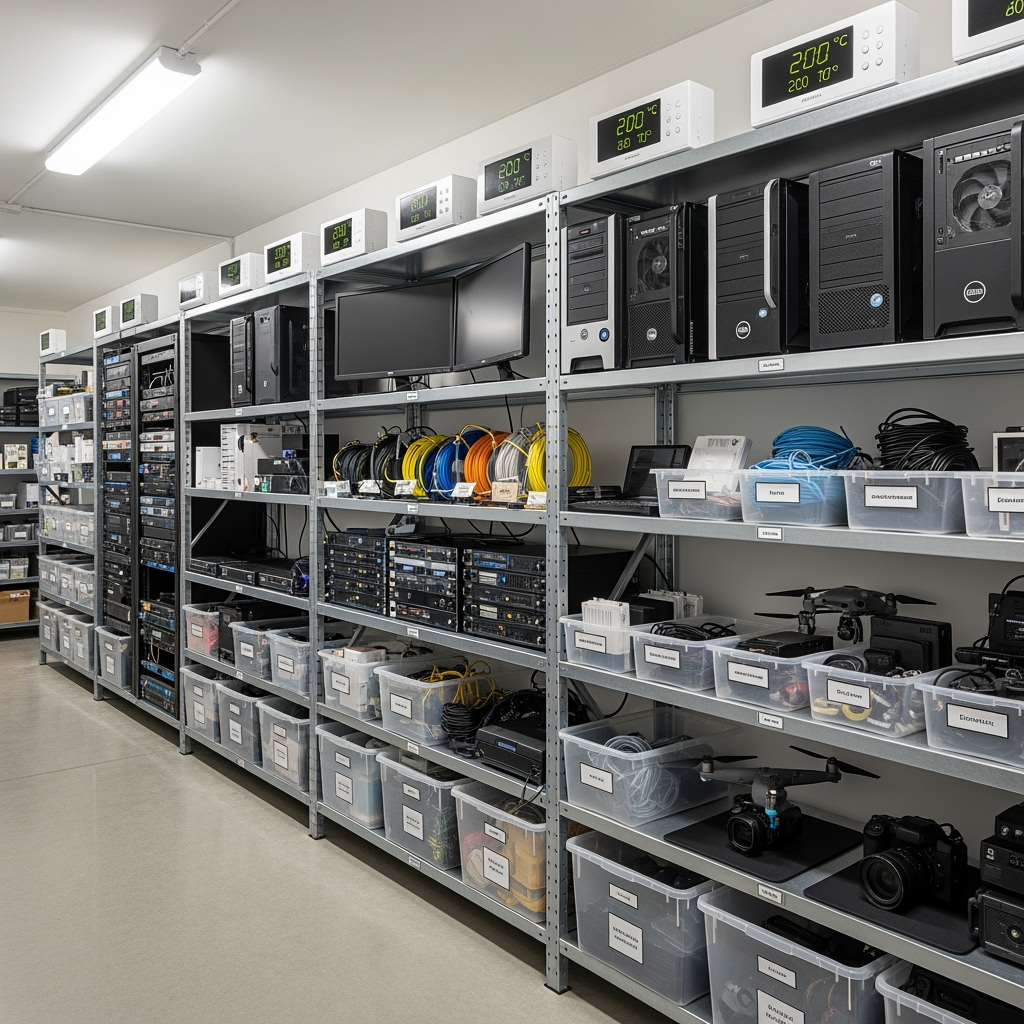
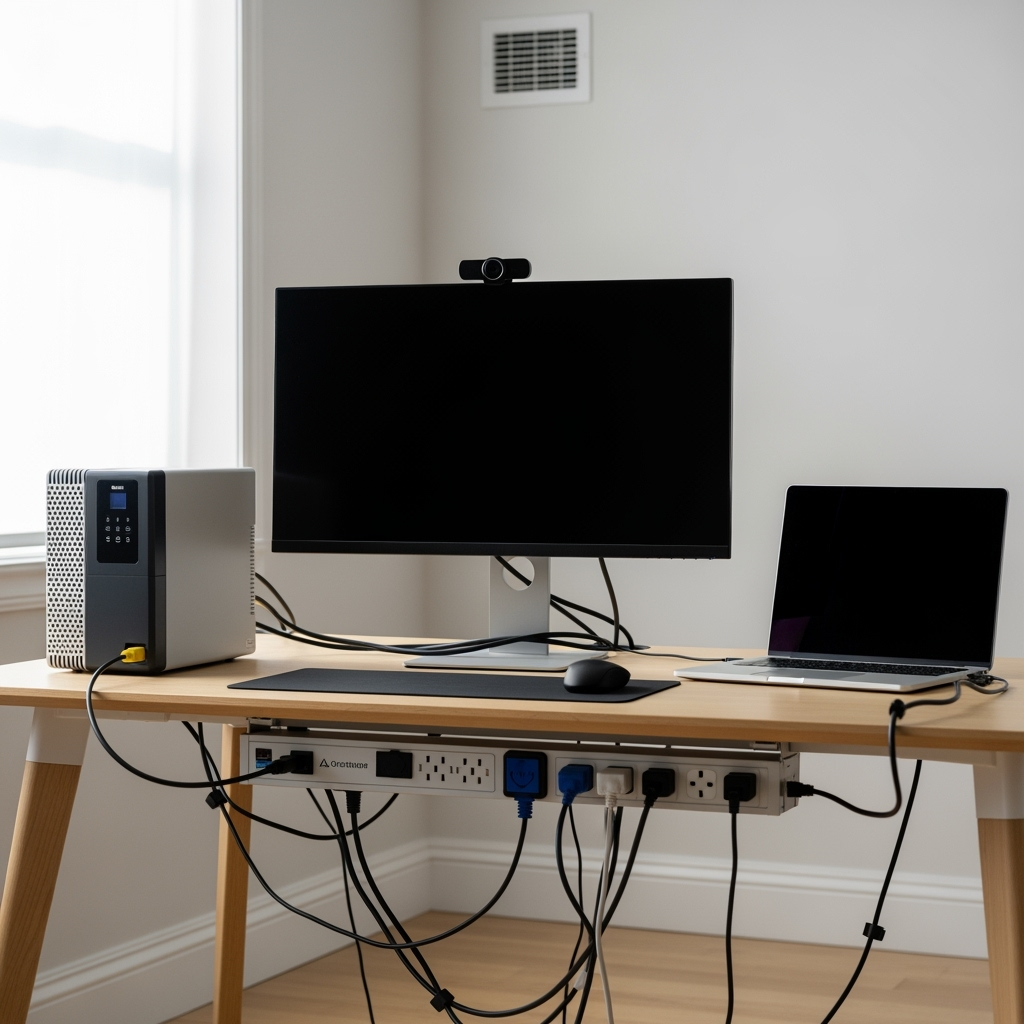
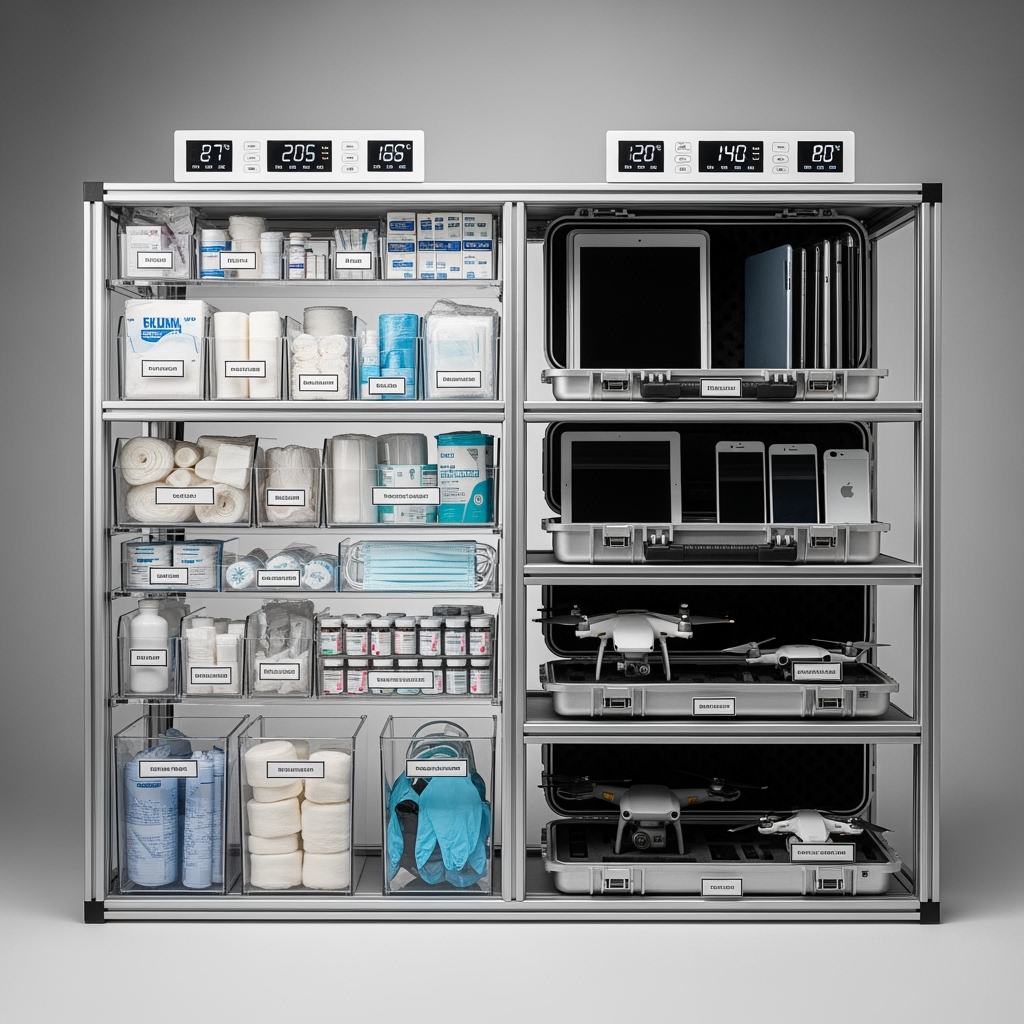
Leave a Reply